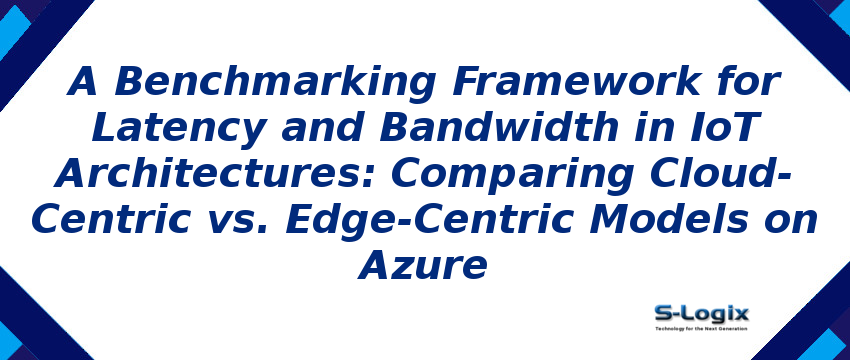
| Azure Service | Purpose |
|---|---|
| Azure IoT Hub | Central IoT messaging hub for connecting devices to cloud |
| Azure IoT Edge | Running AI/analytics workloads at the edge, closer to IoT devices |
| Azure Stream Analytics | Real-time data processing from IoT streams |
| Azure Machine Learning | AI model training for IoT analytics (anomaly detection, prediction) |
| Azure Blob Storage / Data Lake | Storage of IoT telemetry data for benchmarking and analysis |
| Azure Functions / Logic Apps | Event-driven serverless automation during experiments |
| Azure Monitor & Application Insights | Collecting latency, bandwidth, and throughput metrics for benchmarking |